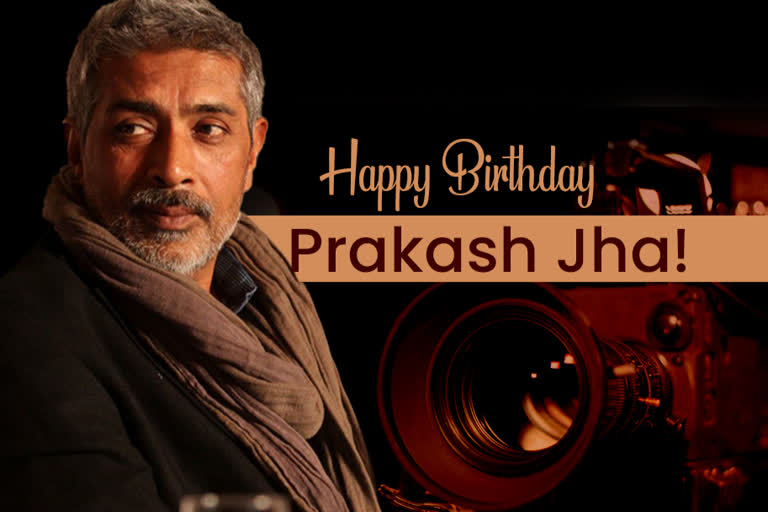When one is willing to explore the possibilities that life has to offer, avenues and opportunities follow. Who knew life will take Prakash Jha, a young boy from Bihar's farming family would end up in the city of dreams and how?
On his birthday, ETV Bharat Sitara attempts to touch upon the life and works of Prakash Jha, the filmmaker who is known for churning out hard-hitting films laced with essential entertainment quotient.
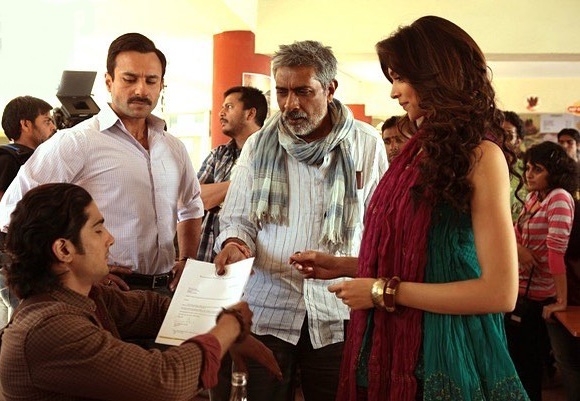
Prakash was pursuing B.Sc (Hons) in Physics from Delhi University after which he wanted to grind for civil service exams to become an IAS. In between and all through he had to address the inner turmoil which was questioning what is his true calling in life. Following his instinct, Jha landed in Mumbai in 70s with a mere ₹300 in his pocket.
The story from here on is one of sheer will, passion, courage and determination.
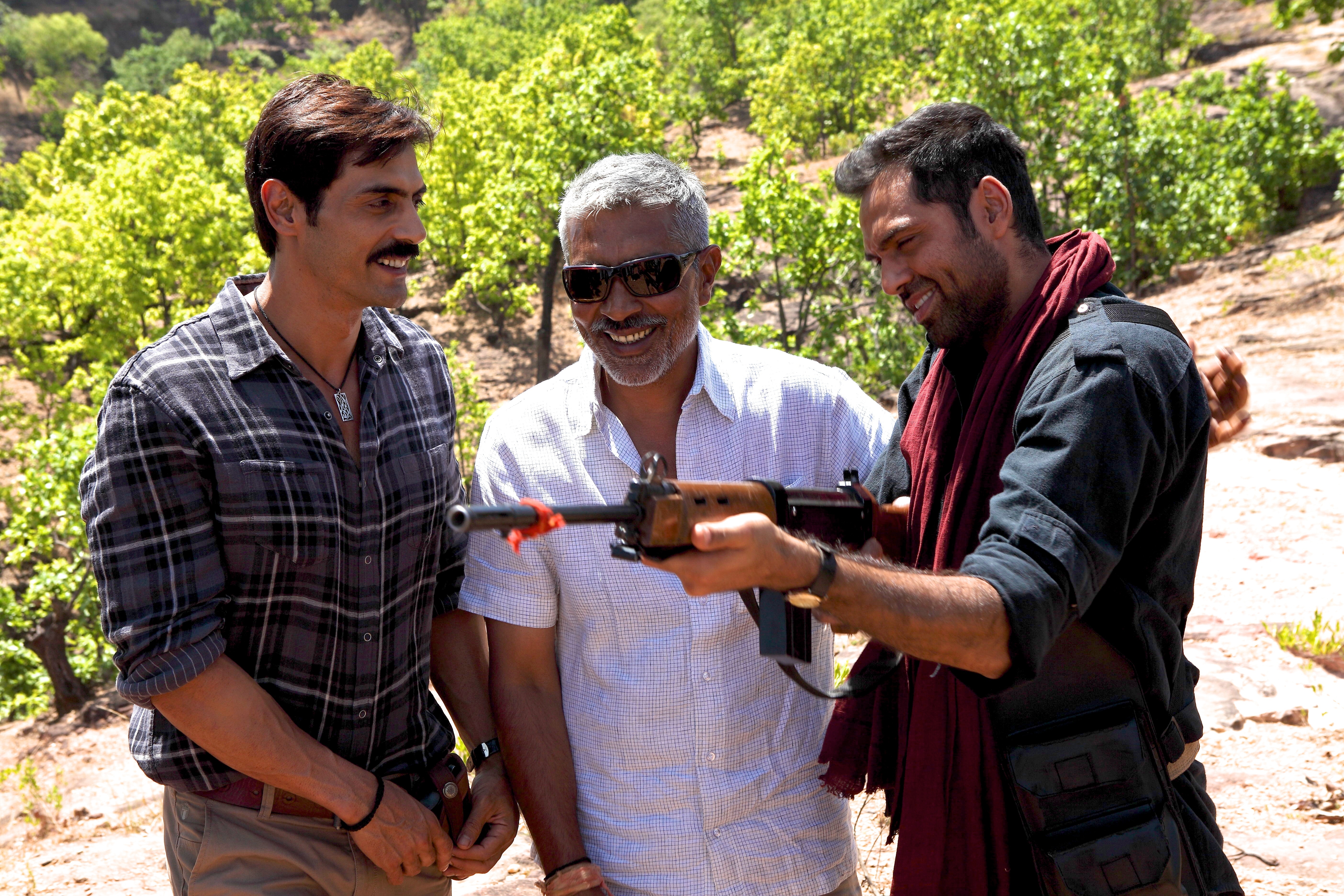
Back then, he came to Mumbai but not for films. He was interested in painting, a hobby which he developed during his days in Sainik School of Tilaya. He thought of getting himself enrolled in JJ School of Arts for which he had to wait till next semester. In the meantime, the 20-odd years old got his first job as an English tutor whose students were businessmen double his age.
Jha spent his days strolling through Jahangir Art Gallery and JJ Art gallery, and it was here he met Agha Jani, who used to work as an art director in the films. During those days, Jani was working on filmmaker Chand's Dharma. On Prakash's request, he once took him along on the sets of Rekha, Navin Nischal and Pran starrer. That's that. Experiencing the energy flowing on the sets, fascinated by the process of filmmaking, Jha pronounced to himself that filmmaking is what he wants to do all his life.
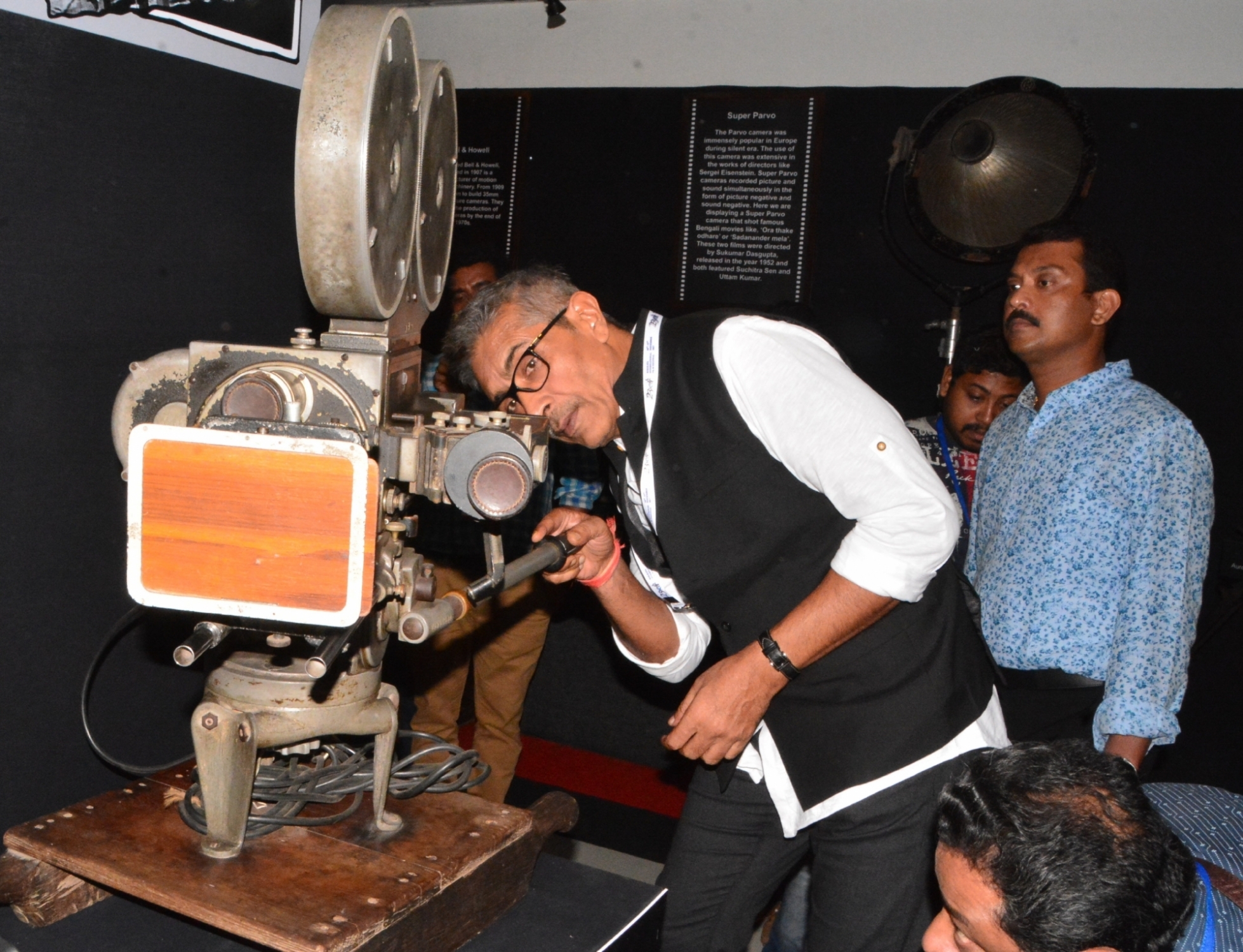
Jha worked as an assistant director to Chand for as brief as five days as he realised that it would take many years for him to become a filmmaker if he remained as an assistant. The sixth day he was en route to FTII, Pune.
Being a college drop out, Prakash was eligible for only one course knowing which he came back to Mumbai to get a degree. He acquired the educational qualification to enter the esteemed institute while working in a hotel which helped him accumulate funds to pay his fees for the editing course at FTII.
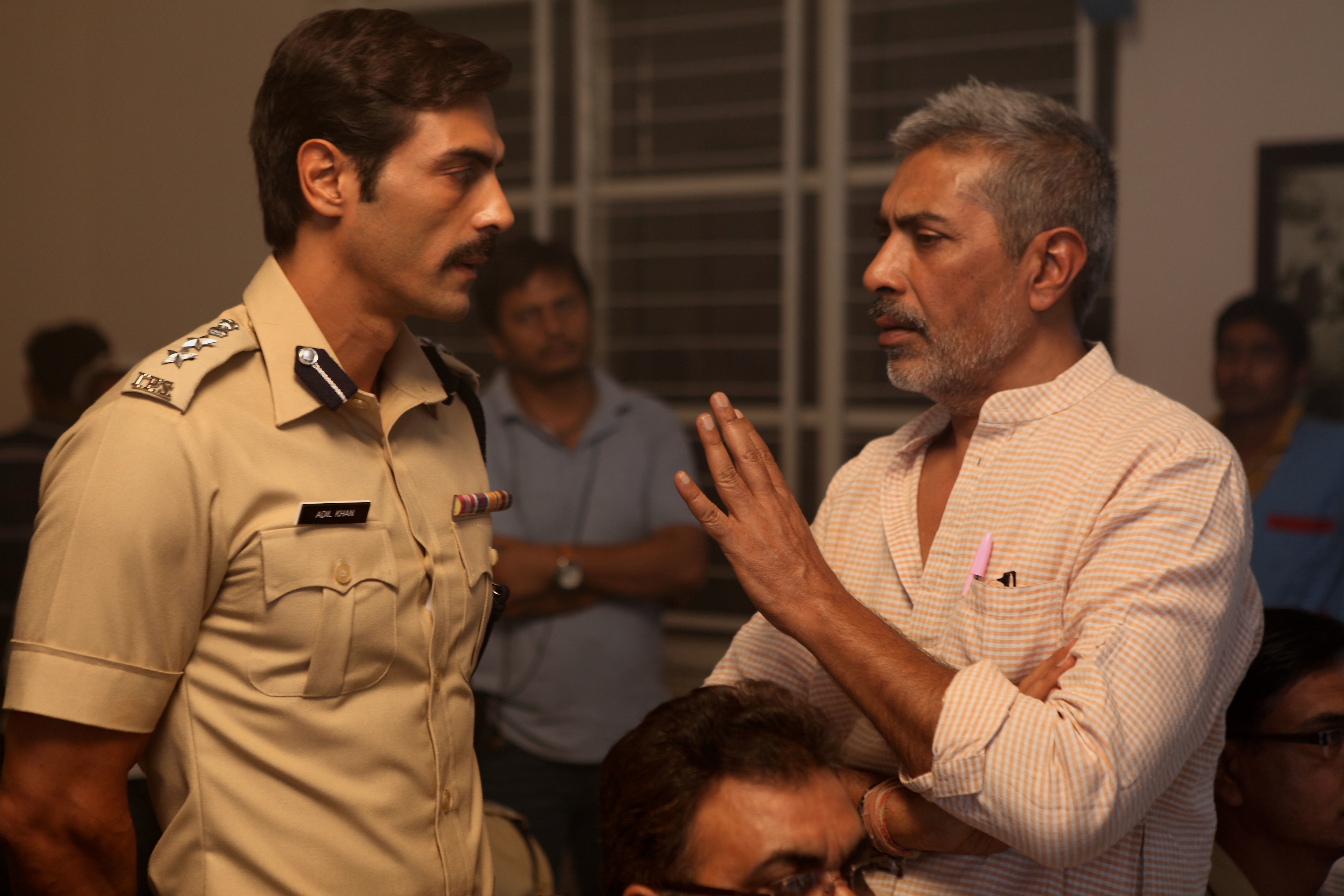
Jha was in FTII during the times when the likes of David Dhawan, Renu Saluja, Ketan Mehta, Kundan Shah, Vidhu Vinod Chopra and Sayeed Mirza. Naseeruddin Shah and Om Puri were also part of an illustrious batch that ever come out again from FTII Pune.
Unfortunately, a tussle between students and then director Girish Karnad erupted following which the administration closed the institute. Jha jumped in the market of documentary making and travelled to England, Germany, France and Russia between 1975 till 1981.
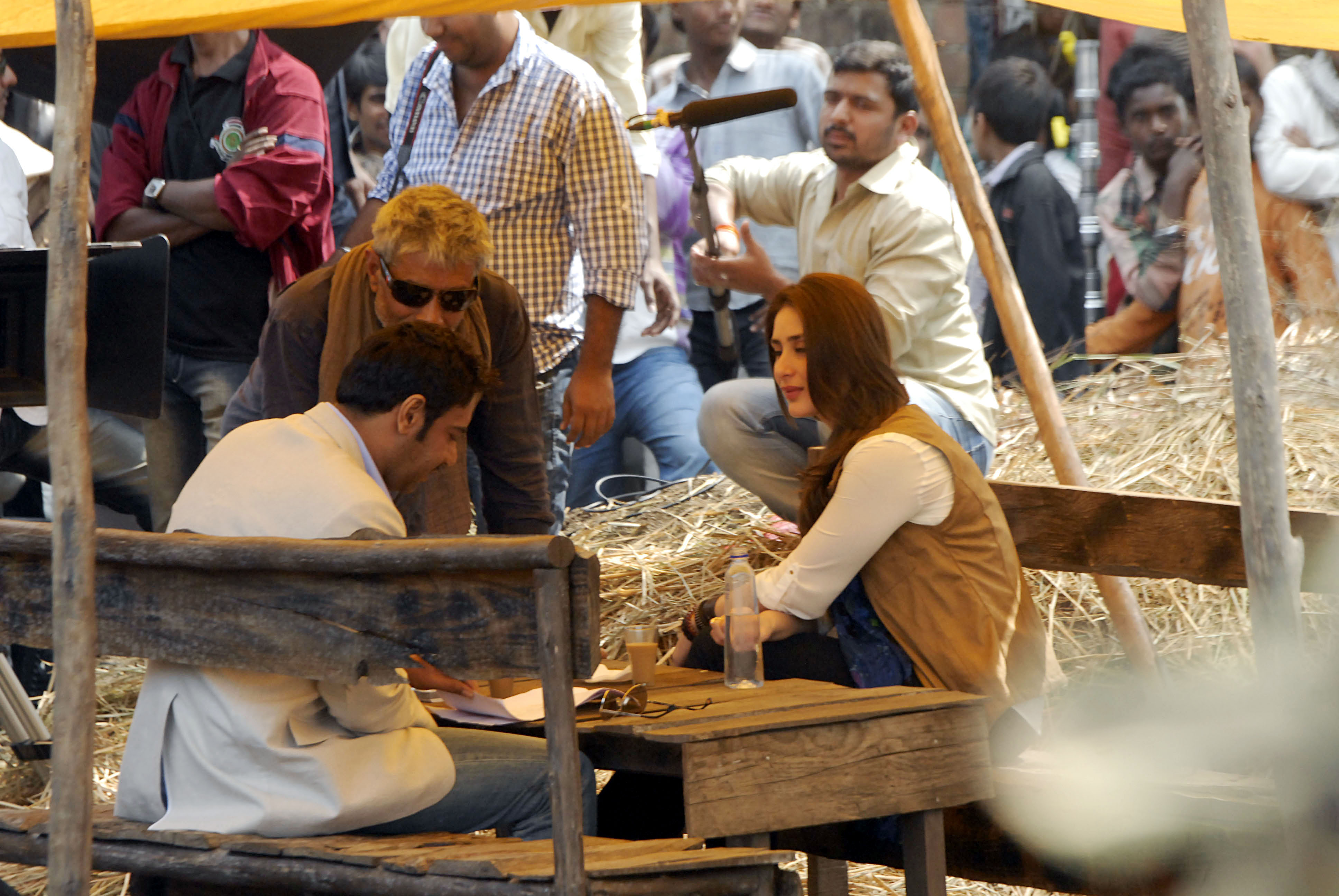
During those formative years, Jha made a documentary on the lives of ballet dancer Firoza Lali. During his stay in London and Russia, Jha felt a shift within him. An urge to do significant work in the field of cinema woke the filmmaker in him.
It was Faces After the Storm, his documentary on the riots of Bihar Sharif which put him on the map when it bagged National Film Award for Best Non-Feature Film in 1984.
In the fickle world of movies, a filmmaker has to have the heart of his stories in the right place and many lucky Fridays to gain a distinctive stature. Jha entered the market when the sun was setting on the 'Golden Age' of Indian cinema. To sail through the changing times, the novice filmmaker learned on the go and came with a new grammar where he brought the best of both worlds. Roping in Madhuri Dixit to headline Mrityudand was an initiation to find a balance between art and commerce of cinema.
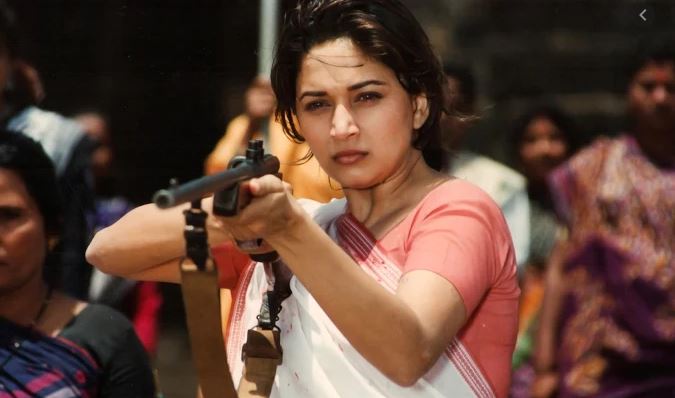
The filmmaker, who is known for weaving his stories around sociopolitical issues, has maintained that he is only a spectator who looks at things happening around him and tries to understand the reason why it is happening. Thus his stories focus on what is happening instead of saying what is right and what is not while it is extremely important to be neutral when exercising your power as a filmmaker.
While in Rajneeti and Satyagrah he went lavish with the scale, with Jai Gangaajal he went compact. When asked, Jha in an interview said that the audience is now evolved which gives filmmakers liberty to experiment with their craft.
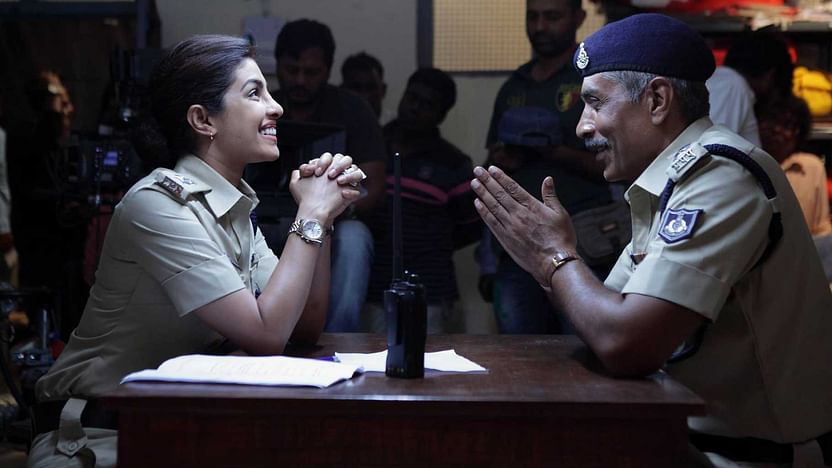
The multiple National Award recipient still gets inspired and motivated by the young blood rushing in the industry.
Besides an accomplished filmmaker, Jha effortlessly dons many hats. He will be seen being the wind beneath the wings of a Lipstick Under My Burkha and will also be earning applauds for his performance as an actor in films like Jai Gangaajal and Saand Ki Aankh.
Prakash's range as a director is vast and his illustrious filmography seconds the fact where one finds films like Rajneeti, Aarakshan, Apaharan where he talks about the complex sociopolitical texture of the nation, and a celebrated television show, Mungerilal Ke Haseen Sapne to his credit.
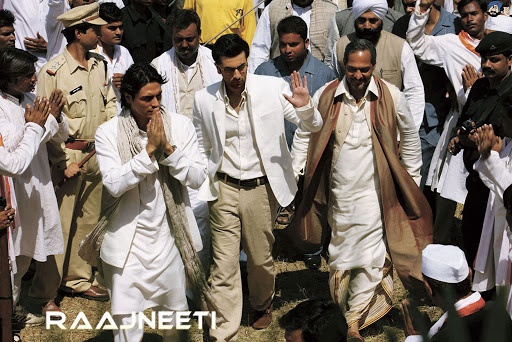
Though Jha moved out in his teens, his home state is still very close to his heart. His NGO Anubhooti has been seriously involved with development initiatives in Bihar.
Jha's concern for social issues is apparently not limited to screens as he dabbled into politics with the hope to bring about change. Prakash wanted to become a Member of Parliament as he thinks those who are elected do not perform their duty properly and not utilising resourcing and he wanted to show them how it can be done.
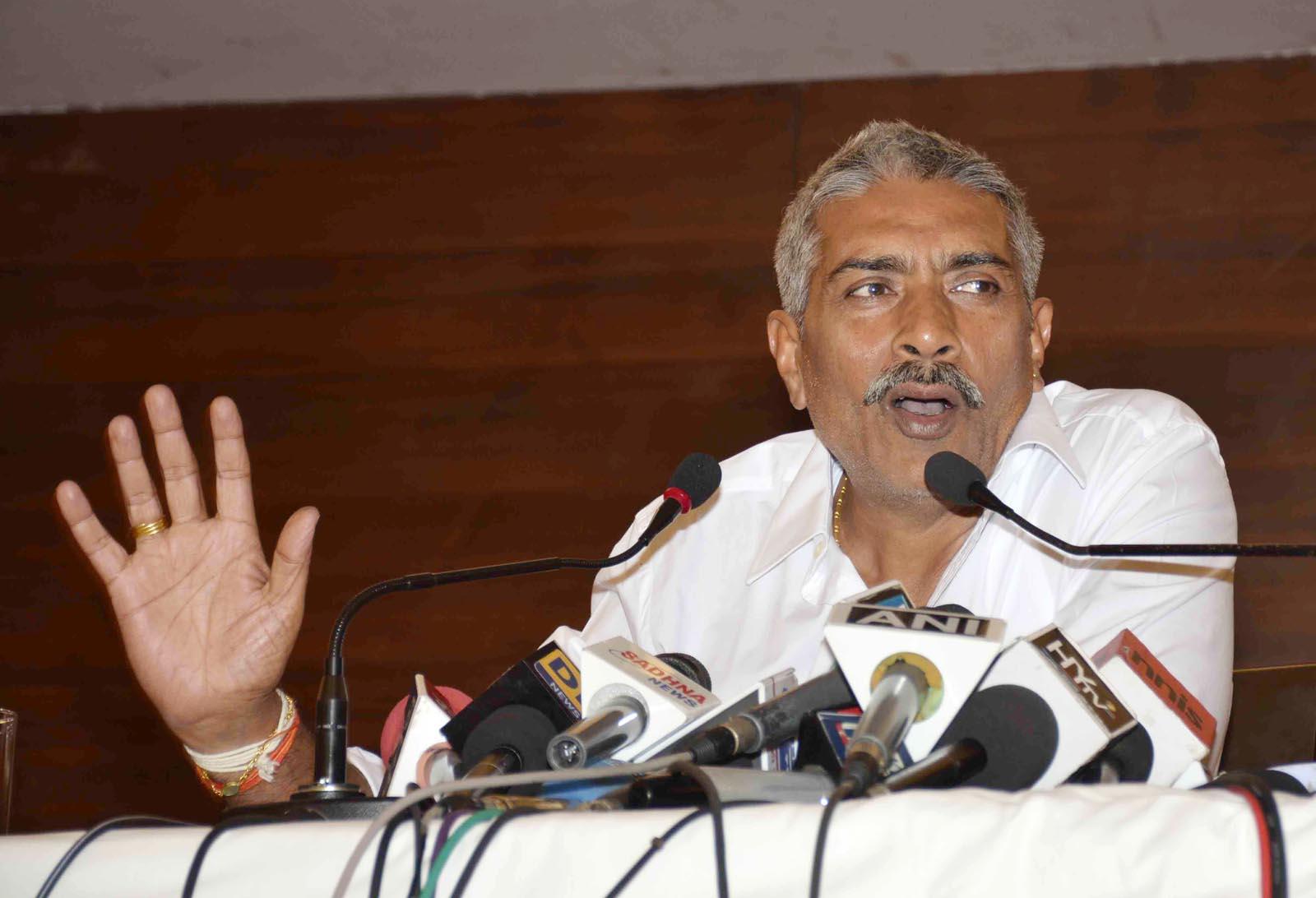
Jha, who believes in the universal fact that change is the only constant, experimented with his artistry when he produced Fraud Saiyaan in 2019. There is always a fear of losing which is acquired and with filmmakers risk of losing their prominence in the once-brilliant artiste's life is even more but Jha is not bothered with it. And why would the filmmaker who debuted with a daunting Damul should constraint himself to an already aced genre and not explore the possibilities?
In times to come, Jha has plans to bring the story of Indian mathematician Vashishtha Narayan Singh on celluloid. Another film that he wants to make from the longest time is on the ancient practice of polyandry in the remote villages of the Himalayan valley.
What better than his own words can sum up the spirit of this master storyteller:
आदमी सिर्फ जिंदा ही नहीं रहे, जमके जिंदा रहे
कि एहसास बना रहे सांसे सिर्फ चल नहीं रही हैं सांसे बोल रही हैं.
